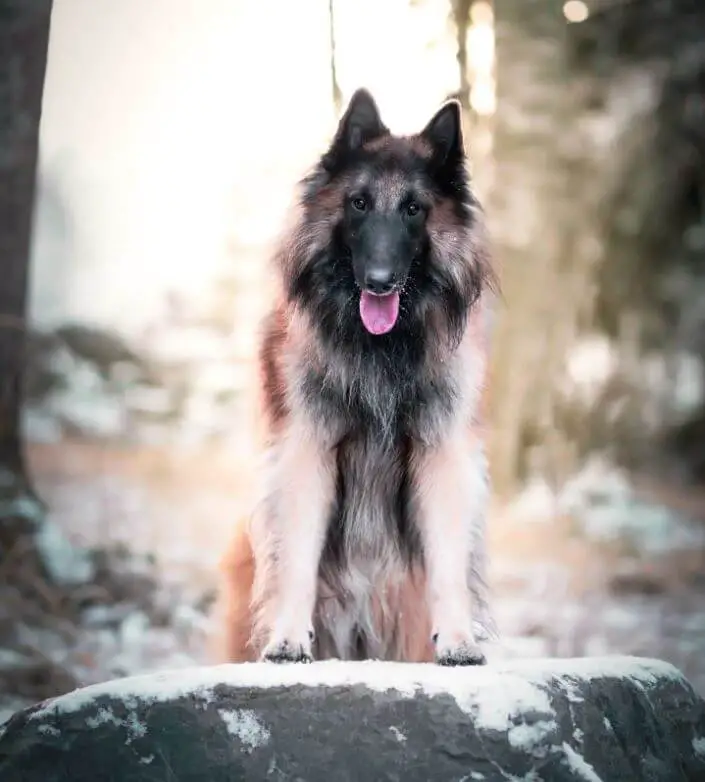Just like humans, dogs can struggle with weight issues, which can lead to various health problems. If you have an overweight dog, it’s essential to take proactive steps to help them shed those extra pounds and regain their vitality. In this article, we will provide you with a comprehensive guide on getting your overweight dog in shape, focusing on diet, exercise, and overall well-being.

Understanding the Dangers of Canine Obesity:
Overweight or obese dogs are at risk of several health issues, including diabetes, arthritis, heart disease, and a reduced lifespan. It’s crucial to address your dog’s weight problem for their long-term health and happiness.
Consult Your Veterinarian:
Before embarking on a weight loss journey for your dog, consult your veterinarian. They can help you determine a healthy target weight and rule out any underlying medical conditions contributing to the weight gain.
Dietary Changes:
- Choose a Quality Dog Food: Opt for a high-quality, nutritionally balanced dog food appropriate for your dog’s age, breed, and activity level.
- Control Portions: Measure your dog’s food portions to avoid overfeeding. Follow the feeding guidelines on the food packaging or your vet’s recommendations.
- Consider Weight-Loss Diets: Your veterinarian may recommend a special weight-loss formula dog food designed to help dogs shed pounds gradually.
- Limit Treats: Reduce or eliminate high-calorie treats and replace them with healthier alternatives like carrots or green beans.

Exercise and Activity:
- Regular Exercise: Engage your dog in daily exercise routines. Aim for at least 30 minutes to 1 hour of moderate activity, such as brisk walks, playtime, or fetch.
- Gradual Increase: Start slowly, especially if your dog has been sedentary. Gradually increase the duration and intensity of exercise as their fitness level improves.
- Consistency: Stick to a regular exercise schedule to help your dog build endurance and maintain a healthy weight.
Additional Tips:
- Weight Monitoring: Regularly weigh your dog to track their progress. Adjust their diet and exercise routine as needed.
- Hydration: Ensure your dog has access to fresh water at all times, especially during exercise.
- Avoid Table Scraps: Refrain from feeding your dog human food or table scraps, as these can be high in calories and contribute to weight gain.
- Positive Reinforcement: Use positive reinforcement and praise to motivate your dog during exercise and training sessions.

Helping your overweight dog get in shape is a journey that requires dedication and patience. By consulting with your veterinarian, making appropriate dietary changes, and providing regular exercise, you can improve your dog’s overall health and enhance their quality of life. Remember that slow, steady progress is key, and with your support, your furry friend can achieve and maintain a healthy weight, ensuring a happier and healthier future together.
